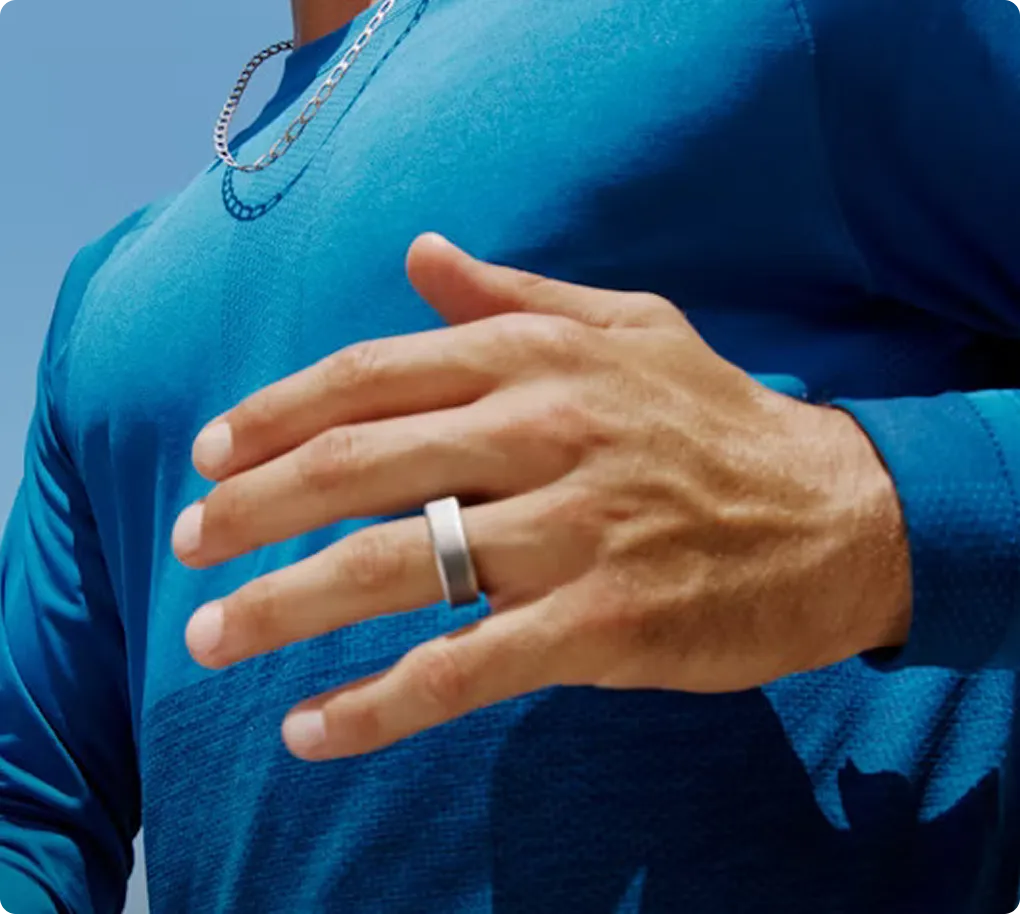- Uncover business-critical issues hidden in support conversations
- Replace disconnected metrics with insights that drive action
- Equip teams across product, ops, and support with data that matters
- Connect the dots between customer experience and company outcomes
Increase in CSAT
30%
Decrease in agent ramp time
120%
Increase in monthly coaching sessions
300%
Dashlane (a password management tool) has to provide technical support to a wide range of customers, and many are not tech savvy. Agents are faced with the challenging task of communicating complex ideas in a simple way that everyone can understand, while still maintaining a tone that is accurate, accessible and friendly.
We spoke with Armanda Antunes, the Training and Quality Manager for Dashlane, and the engine behind their evolving QA program. We’re here today to learn how they structure their QA program to reinforce this type of communication for all of their agents.
Challenge: Can you tell us a little bit about the challenge of your customer base?
Our customers come to us for two (very different) reasons – convenience and security. So the challenge for our support team is to make our customers’ lives easier (convenience) and also make sure they know that we’re tech savvy and will protect their personal information (technical).
Implication: Negative Impact On Customers
With QA, we assessed all DSAT interactions, to really understand what is happening in these tickets that leave our customers dissatisfied.
It became clear that there’s a wide range of our users who need extra support to accomplish basic procedures. If they didn’t know how to do basic things, they couldn’t follow our troubleshooting steps.
For instance, if we asked them to send a screenshot, or clear their cache and cookies – some people don’t know what that is. Our instructions needed to be much simpler, and we needed to guide these users every step of the way.
So the negative implication was that these were DSAT tickets, customers weren’t fully satisfied. But by analyzing DSAT tickets using MaestroQA, and understanding where our customers weren’t having the best experiences, we learned about how we could adjust and move forward.
Solution: Scaling Tone, Voice, and Soft Skills
Getting one agent to walk the fine line between technical and empathetic is a challenge, scaling it across the team...even more so! Luckily, QA plays a strong role here.
We have a section of our QA rubric in MaestroQA dedicated to the tone of voice to identify great examples and improvement opportunities, so we can find the balance between tech and human, in a simple way!
QA Rubric:
We use macros to help us with the professionalism side of things, but we also ask that they were appropriately personalized, to hit the friendliness side of things.
Did we use the adequate macros, adjusting them to the case (customer's name, situation, need for more / less info)?
We also have a question dedicated to tone more specifically:
Did we communicate with the Customer in a proper and friendly way?
Correct spelling, grammar and punctuation
- Correct spelling, grammar and punctuation
- Friendly and positive wording, with no jargon (not too familiar)
- Empathize with customer’s issue
- Match with Customer's level of expertise (if possible)
- Avoid using vague or unclear communication
We also have a bonus section in our QA Rubric for Empathetic Tone – to reinforce the mindset that being empathetic is a great thing.
Outside of QA
Some people are inherently more empathetic than others, so we don’t expect everyone to come in knowing how to do it. We work with everyone on our team to help them learn, and especially with agents who inherently have a direct approach.
- We have trainings specifically for empathy
- Agents who need extra help can shadow with agents who are great with empathy
- We share good tickets, best practices, and good CSAT with the team
- Then we have 1:1s with agents every two weeks to talk through their work and their progress
- Have shortcuts with empathetic phrases to give good examples, and get them using these phrases to they can internalize these best practices
Impact: Positive Impact of These Programs
At a team level, we see differences from week-to-week on how agents are interacting with customers, both in our tone results, in agents’ critical mindset. They’re now more critical about their own tickets – i.e. I could have been more empathetic here, there was an emotional tip I could have addressed. There's been a mindset shift and agents have bought in to the importance of empathy in customer interactions.
Much of our Learning Plan for 2020 has been designed based on QA insights (both for the tech and the soft skills perspective).
Lastly, we've seen positive increases on CSAT scores since we started with our quality program, and it's important we keep them growing.
With every change, we see the impact through QA and CSAT – if you invest in training, it shows; if you go deeper on QA around a specific topic and provide richer insights for training agents, it shows; if you test new operational strategies, it also shows, if the user doesn't like something, we’ll see it. That’s the beauty of QA.




































